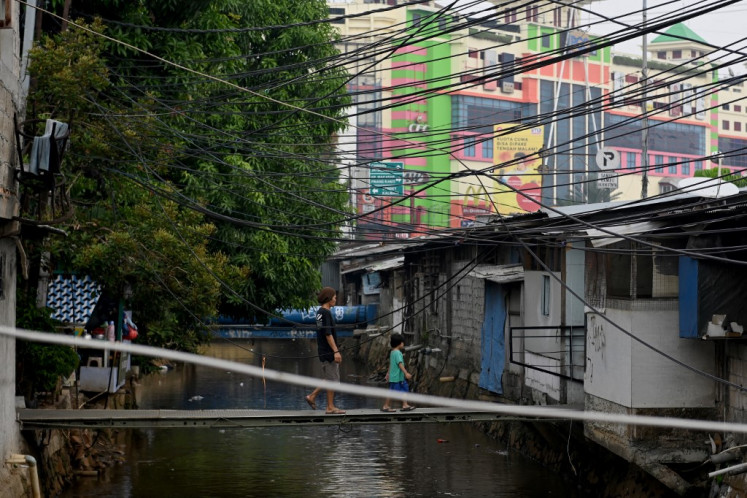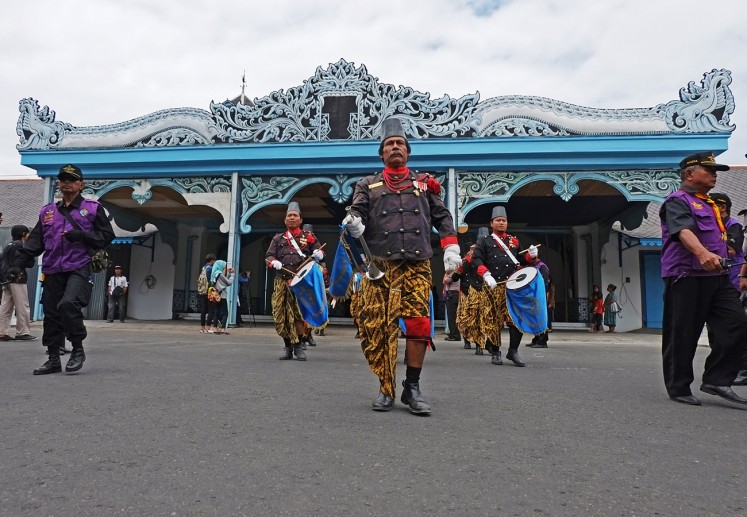40% of residents live with poor sanitation
Almost 40 percent of the Indonesian population has yet to have access to proper, healthy sanitation facilities, even though the central government has been spending an average of Rp 2
Change text size
Gift Premium Articles
to Anyone

A
lmost 40 percent of the Indonesian population has yet to have access to proper, healthy sanitation facilities, even though the central government has been spending an average of Rp 2.5 trillion (US$200 million) annually in the sector.
The chairman of the Implementation of Residential Sanitation Development Acceleration Unit (PPSP), Erwin Mustika, said that in 2014 the Millennium Development Goal (MDG) target was to achieve 62 percent development of sanitation facilities, but only 60 percent was reached.
'The biggest challenge in developing proper sanitation facilities is land acquisition. People should have cooperated for their own interests,' Erwin said in Palembang recently.
Erwin also said that apart from being funded by the state budget, the sanitation facility development program also received money from the provincial, regency and city administrations in the respective
regions.
The program, according to Erwin, was expected to develop people's awareness to stop them from defecating wherever they wished and also to oblige industries to not pollute the environment.
'The success of this program is also correlated with the level of wealth of a population. The better the economic level of a society, the better the sanitation facilities in their region,' Erwin said.
He added that bad sanitation could be found in all the provinces across Indonesia.
He also said that the PPSP had set a target to achieve 100 percent success in the sanitation facility development program over the next five years.
He said there was no problem with regard to funding the program. In many cases, even, all the funds could not be spent because of uncertainty in the availability of a site for building a facility.
Unspent funds, he said, were transferred to other regions or their disbursement was postponed until the next budget year.
Separately, South Sumatra provincial administration secretary Mukti Sulaiman said there were only four regions in the provinces with bad sanitation conditions.
He said they include Pagaralam city and the regencies of Musi Rawas Banyuasin and South OKU.
Access to proper sanitation facilities in South Sumatra was at 47.12 percent in 2012 and increased to 58.51 percent the following year.
Mukti called on people to maintain the sanitation facilities already provided by the government.
Providing an example, Mukti said that lack of installment mechanisms and unclear distribution mechanisms often led to unnecessary damage to sanitation facilities.
'People often compete for water faucets so that they make holes in the pipes on their own to let the water go directly to their respective houses,' Mukti said.
______________
'The biggest challenge in developing proper sanitation facilities is land acquisition.'









